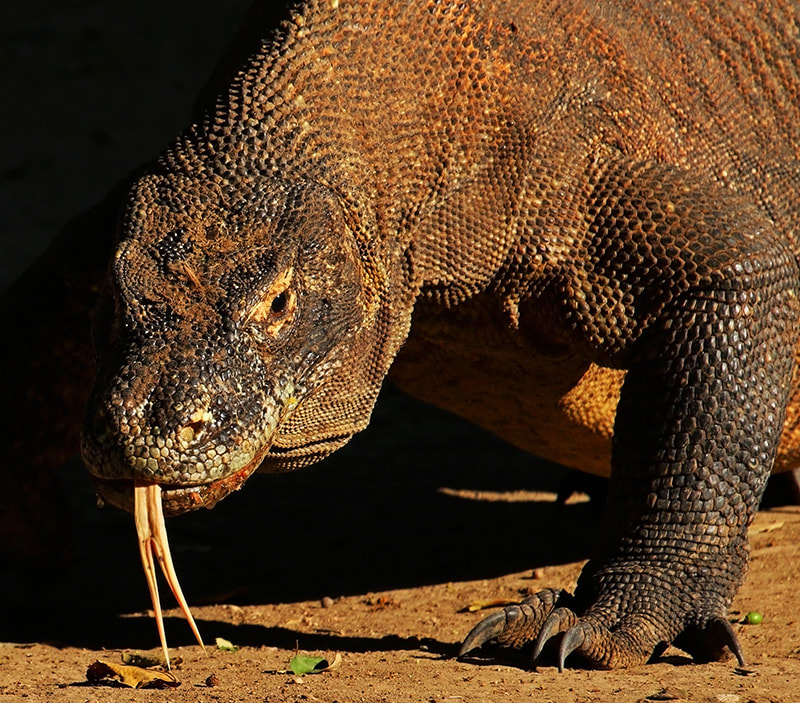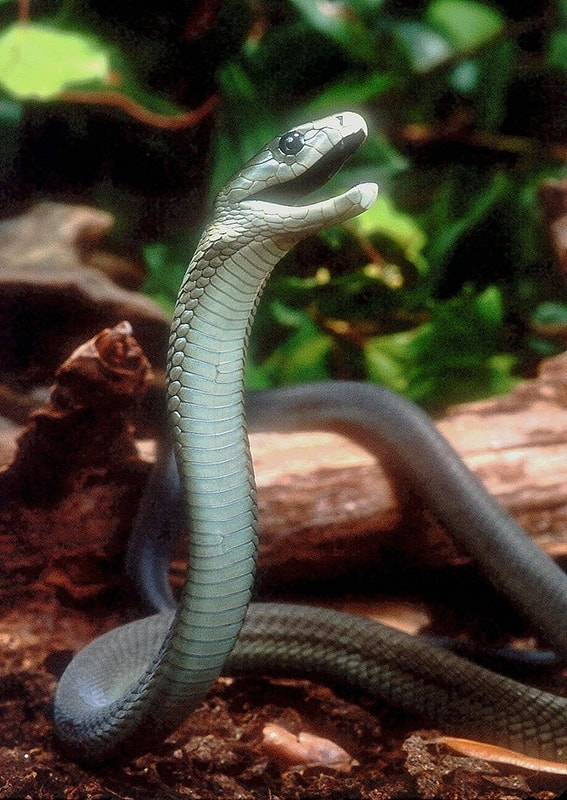- We produced a global map of 55.5 million human-nature interactions
- Wikipedia page views illuminate global scale patterns of human interest in nature
- Different Wikipedia language editions reflect interests in their local fauna
- Being large, venomous, threatened and described earlier makes a reptile interesting
- Big-data approaches hold much promise for elucidating human-nature relationships
| We found that venomous or endangered species, as well as those with higher body mass or posing a threat to humans, tended to be more interesting overall. There was also a bias towards species found in Wikipedia users' own regions – for example, the Japanese pit viper was top of the Japanese-language rankings, while the green iguana was the most-accessed species among Spanish speakers. With notable exceptions such as the sea turtle or Galapagos giant tortoise, species that are venomous or otherwise dangerous to humans seem to capture people's imaginations more than others. The Komodo dragon is found in a geographical area probably the size of a small English county, yet it consistently attracts the most attention – possibly because the idea of the dragon is so universal in myth and folklore. |
| In the past we could have carried out basic surveys of a few hundred or a few thousand individuals to find out where their interest lay, whereas now we can do it with millions of people for an entire class of organisms on a global scale. Obviously there are limitations to using an online tool such as Wikipedia, but there are lots of benefits too. One of the key questions in conservation is where to divert the limited resources we have available. Do we prioritise rare or endangered species, ecologically important species, or species that attract the most public interest? The field is definitely split, but we're putting numbers behind some of these ideas, and that’s really important. |
The findings of this article have been picked up by several news outlets such as The Guardian, Haaretz Daily Newspaper, as well as Mongabay, Oxford University news and many others.



 RSS Feed
RSS Feed
